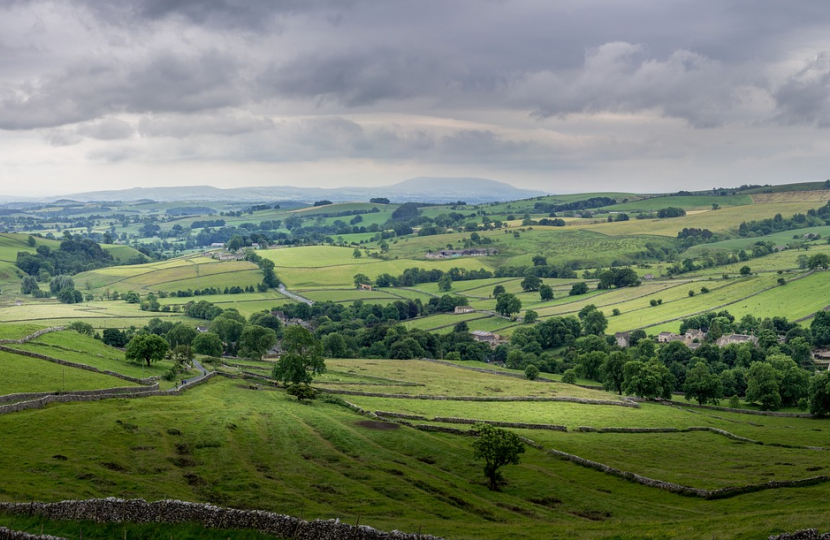
Unfortunately, due to diary commitments, I was unable to attend the Westminster Hall debate, on neonicotinoids, on 1 February. However, I followed the Minister’s comments in the debate closely.
I am aware that the Department for Environment, Food and Rural Affairs (Defra) has approved emergency temporary authorisation for the use of the neonicotinoid pesticide Cruiser SB, due to the risks of yellows viruses to the UK's sugar beet crop. When making this decision, the potential risks, such as any possible environmental harm, must be balanced against the potential benefits in addressing the danger, such as protection against a pest. In making this judgement, the Farming Minister considered the advice from the Health and Safety Executive, the Expert Committee on Pesticides and Defra’s Chief Scientific Adviser.
Emerging sugar beet seedlings are vulnerable to predation from aphids that have the potential to spread beet yellows virus. This can severely affect sugar beet yield and quality. In 2020, around 25 per cent of the national sugar beet crop was lost, which resulted in a total loss of £67 million across an industry that is linked to nearly 10,000 jobs.
I am assured by my ministerial colleagues in Defra that there are strict conditions to the emergency authorisation of Cruiser SB. This includes only allowing for application if independent modelling predicts a virus incidence of 63 per cent or above. This threshold is increased from the level that was applied in 2022. If the virus threshold is not met, then the neonicotinoid treated seed will not be used. I understand that the forecast as to whether the threshold has been met will be made on 1 March and it is only then that it will be confirmed whether the seed treatment will be used this year. In 2021, the model predicted that the virus level would not meet the threshold so the seed treatment was not used.
Finally, I am informed that if the threshold is met and limited use is allowed, then further strict conditions will be applied to minimise risks to the environment. This includes a maximum number of seeds planted per hectare and restrictions on farmers planting flowering crops in the same field within 32 months of a treated sugar beet crop, which will allow time for the chemical to break down.
